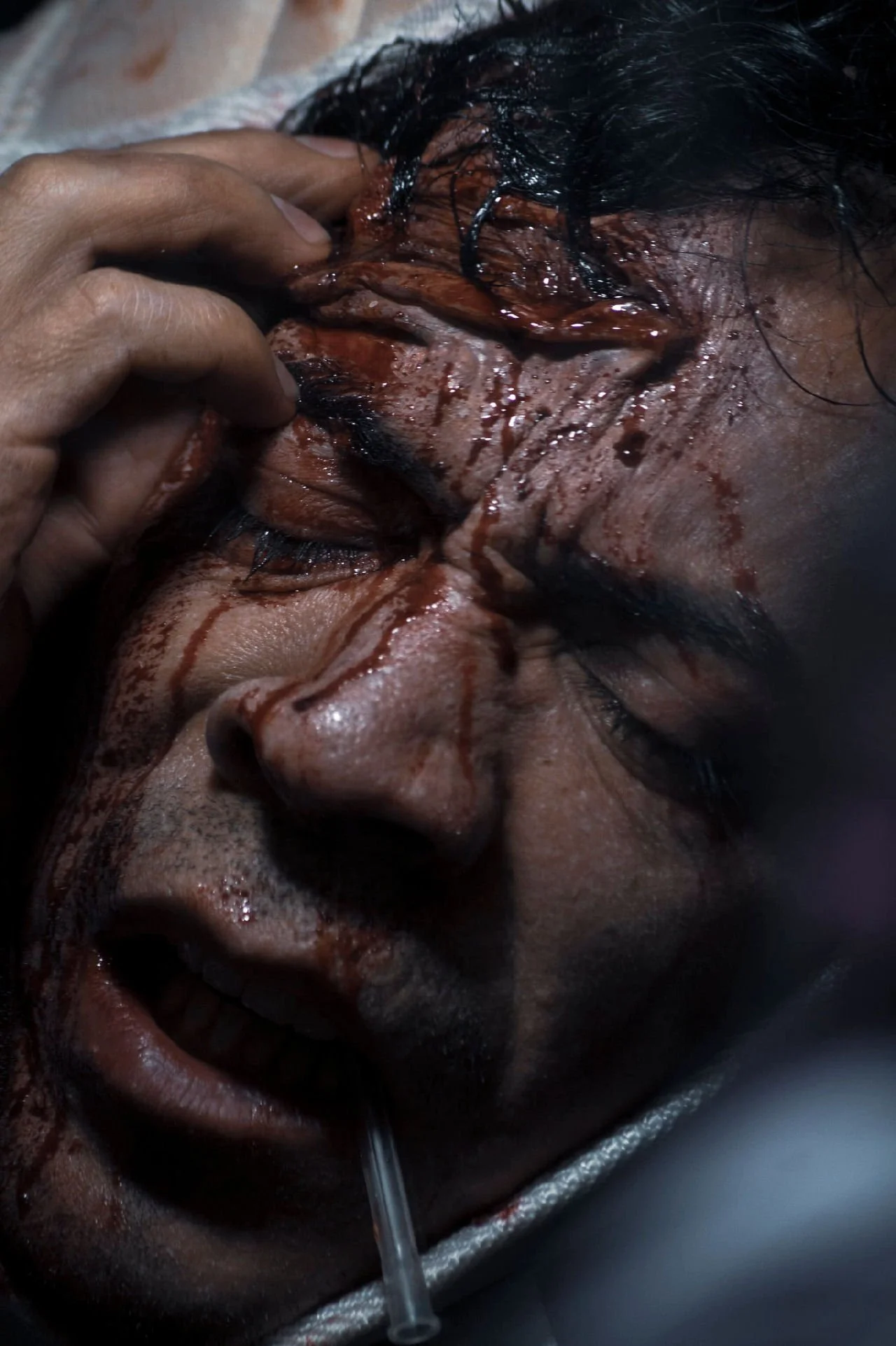[Film Review] Justine (2022)
When it comes to disturbing works of art, literature has always had a way with words. Finding ways to torment the reader’s mind through the use of prose, relying on their own imaginations to concoct visions of horror. Literature can allow the reader to really reach into the darkest parts of their psyche and confront their own worst depraved thoughts, which can make reading disturbing books an uncomfortable experience. One of the most infamous authors when it comes to controversial content is Marquis de Sade. Most commonly known for his 120 Days of Sodom novel, which is considered as one of the most disturbing books to ever have been penned. But Sade was a shocking wordsmith through and through, and his book Justine also explored explicit, provoking and perturbing sexual content.
Translating this piece of fiction to screen is no easy feat, but director Alex Hernández has done so with an artistic grace, something not all too common with it comes to disturbing films. His approach to working from literature is reminiscent of Pier Paolo Pasolini’s direction when transforming 120 Days of Sodom into the 1977 film Salo. Rather than looking to exploit the piece of work and use it to shock the viewer by what they see on screen, Hernández has opted for a more subtle approach that is respectful to the book’s intentions and instead focuses on storytelling over shock value.
Justine tells the story of a young girl, who has spent her life trying desperately to keep intact her virtue and prove she leads an innocent and morally decent life. However, her life has not led her to a virtuous path, instead quite the opposite with every path leading to vices that are steeped in depravity, eroticism, pleasure and pain. She recounts the story of her life, detailing the atrocities that have been committed upon her and those that she has willingly been a martyr in.
This extreme horror film is done with taste, but still ensures the viewer endures the suffering that the girl does. Rather than making the film all about the acts of violence such as sadism and masochism, it instead focuses on dialogue and narrative to accompany the disturbing scenes, with the on-screen violence feeling more like an accompaniment piece rather than the main focus of the film. That said, this is still a visually tough film to watch due to the graphic nature of what is seen on screen, but the cinematography is both beautiful and disturbing. This is a shocking film, but a wonder to look at too.
Dan Zapata’s performance as Justine is powerful and poignant, and Enrique Duran brings a raw, animaltic energy to the screen. Together they push the boundaries of acting and demonstrate that when it comes to extreme storytelling, there needs to be an element of passion and personal perversion to really bring such an intense vision to fruition. There are scenes in this film that must have taken an unprecedented level of exhibition in order to achieve, and it’s refreshing to see such dedication to the craft of acting in such distressing portrayals.
This is not a film for the faint-hearted. Justine is a stunning vision of sexual suffering, disturbing eroticism and violent vices. Hernández demonstrates how nihilistic narratives can be more disturbing than shock-led visuals.
Justine will be available from extreme horror film distribution company TetroVideo, so keep your eyes open!






![[Film Review] Sympathy for the Devil (2023)](https://images.squarespace-cdn.com/content/v1/5fe76a518d20536a3fbd7246/1697186986143-QDVLQZH6517LLST682T8/Screenshot+2023-10-13+at+09.48.52.png)
![[Film Review] V/H/S/85 (2023)](https://images.squarespace-cdn.com/content/v1/5fe76a518d20536a3fbd7246/1697455043249-K64FG0QFAFVOMFHFSECM/MV5BMDVkYmNlNDMtNGQwMS00OThjLTlhZjctZWQ5MzFkZWQxNjY3XkEyXkFqcGdeQXVyMTUzMTg2ODkz._V1_.jpg)
![[Film Review] Kill Your Lover (2023)](https://images.squarespace-cdn.com/content/v1/5fe76a518d20536a3fbd7246/1697465940337-T55VQJWAN4CHHJMXLK32/56_PAIGE_GILMOUR_DAKOTA_HALLWAY_CONFRONTATION.png)
![[Film Review] Shaky Shivers (2022)](https://images.squarespace-cdn.com/content/v1/5fe76a518d20536a3fbd7246/1696442594997-XMJSOKZ9G63TBO8QW47O/Screenshot+2023-10-04+at+18.59.33.png)
![[Film Review] Elevator Game (2023)](https://images.squarespace-cdn.com/content/v1/5fe76a518d20536a3fbd7246/1696440997551-MEV0YZSC7A7GW4UXM5FT/Screenshot+2023-10-04+at+18.31.42.png)
![[Film Review] A Wounded Fawn (2022)](https://images.squarespace-cdn.com/content/v1/5fe76a518d20536a3fbd7246/1695484054446-7R9YKPA0L5ZBHJH4M8BL/Screenshot+2023-09-23+at+16.42.24.png)






















